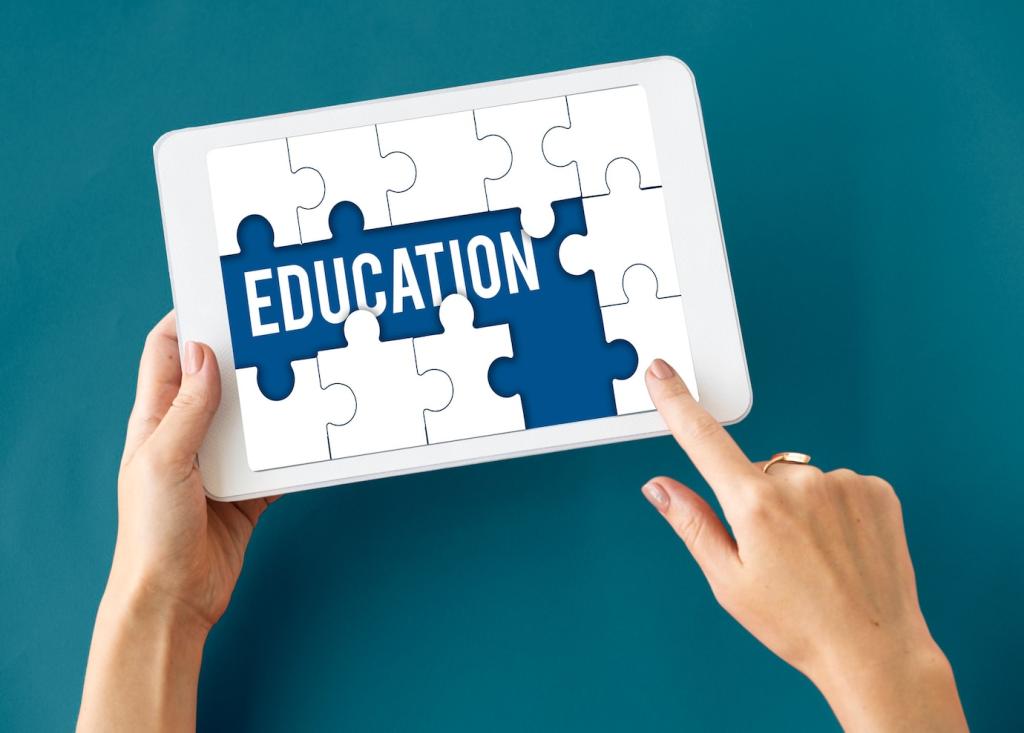
Integrating Encyclopedias into Digital Learning Platforms: A Practical and Inspiring Guide
Chosen theme: Integrating Encyclopedias into Digital Learning Platforms. Welcome to a friendly starting point for educators, technologists, and curious learners who want authoritative knowledge woven gracefully into everyday learning. Explore design ideas, classroom strategies, security essentials, and success stories—and share your experiences to help this community grow.
Why Encyclopedias Belong in Digital Classrooms
Students often need just enough context to move forward with confidence. High‑quality encyclopedia entries provide that scaffold, activating prior knowledge without derailing focus. This balance reduces cognitive load, clarifies terminology, and enables productive struggle. Comment with a topic where a crisp definition unlocked better discussion.


Design Patterns for Seamless Encyclopedia Embeds
Highlight key terms and surface a concise definition on hover or tap, with a mini citation for transparency. Allow quick expansion into full articles without losing place. This micro‑interaction keeps reading momentum intact. Test it in your course and share usability feedback from students and instructors.
Design Patterns for Seamless Encyclopedia Embeds
Guide learners from an overview paragraph to deeper sections through subtle prompts like “Build background” or “Investigate methods.” Curate related entries as a side journey, not a detour. Narrative breadcrumbs preserve orientation. Comment with your favorite pathway that transformed confusion into curiosity.
Compare REST and GraphQL endpoints for flexibility and caching friendliness. Respect rate limits with server‑side aggregation and edge caching. Implement resilient retries and circuit breakers to handle upstream hiccups gracefully. Tell us which strategy best balanced speed, cost, and reliability in your platform.
APIs, Standards, and Secure Connections
Leverage schema.org, Dublin Core, and subject taxonomies to align encyclopedia entries with course outcomes and search facets. Map keywords to standards and tags for discoverability. Semantic enrichment enables powerful recommendations. Share your mapping tips or pitfalls to help others avoid wasted effort.
APIs, Standards, and Secure Connections

Guided Research Sprints
Start with a provocative prompt, then assign anchor encyclopedia entries as primers. Learners annotate key sentences, extract vocabulary, and propose next questions. A five‑minute debrief cements findings. Share your favorite prompts so we can feature them and credit your classroom innovations.

Triangulation and Source Evaluation
Model lateral reading: begin with an encyclopedia overview, then triangulate with primary studies and reputable news. One eighth‑grader told us the overview finally “made the jargon human.” Invite students to reflect on shifts in confidence. Comment with rubrics you use for evaluating evidence.

Student‑Curated Glossaries
Have teams collect course terms, link encyclopedia definitions, and paraphrase in their own words. Rotate editors to practice clarity and attribution. Over time, the glossary becomes a living study guide. Share screenshots or templates, and we will compile community examples for subscribers.
Assessment, Analytics, and Impact
Track events like definition views, concept expansions, and citation insertions, not just page loads. Pair xAPI or Caliper statements with course milestones to reveal learning pathways. Build dashboards that inspire coaching conversations. Post your favorite metric and why it actually influenced instruction.

Change Management and Community Adoption
Faculty Onboarding and Micro‑Credentials
Offer short workshops focused on real course scenarios, then award micro‑credentials for demonstrated integration. One college saw adoption surge after showcasing faculty exemplars during lunch hours. Share your onboarding sequence, and we will compile a community‑built starter kit for subscribers.
Student Orientation and Digital Citizenship
Create a friendly, fifteen‑minute module on sourcing, paraphrasing, and citation within the platform. Emphasize when to move beyond an encyclopedia to deeper sources. Invite peer mentors to model habits. Tell us what boosted student confidence in your program, and we will spread the word.
Stories that Travel
A district pilot integrated encyclopedia summaries into science notebooks and saw vocabulary retention leap within six weeks. Teachers reported calmer research sessions and richer questions. Share your story, big or small, and subscribe to read new ones that keep momentum alive.
